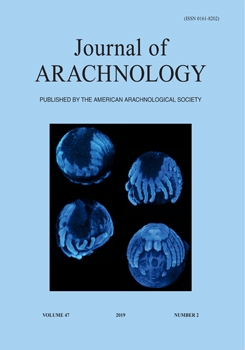The hymenopteran genus Zatypota Förster, 1869 (Ichneumonidae: Pimplinae, Ephialtini) comprises highly specialized koinobiont ectoparasitoids of spiders and is the largest genus of the Polysphincta group of genera in the world, with more than 50 described species. The vast majority of species of Zatypota are parasitoids of the spider family Theridiidae. In this study, we present information about a new interaction between the parasitoid spider wasp Zatypota riverai Gauld, 1991 and the host spider Theridion sp. Walckenaer, 1805 (Theridiidae) with information about host weight selection. We collected 102 non-parasitized adult and subadult females of Theridion sp. and six spiders with larvae of Z. riverai attached to host's abdomen. The pupal development takes about 8–11 days, though the development time of the pupa varies with the sex of the wasp. All larvae collected in the field completed their life cycle on the host spiders, even though all of the hosts were small, indicating that the host biomass was sufficient for larval development and no larger-sized spiders are needed. Moreover, larger Theridion probably pose a greater risk because they are more likely to be successful at wasp predation, even if they offer a greater resource to the larva.
How to translate text using browser tools
16 September 2019
Parasitism in Theridion sp. (Araneae: Theridiidae) by Zatypota riverai Gauld, 1991 (Hymenoptera: Ichneumonidae: Pimplinae)
Jober Fernando Sobczak,
Italo Diego Paiva Arruda,
Diego Galvão de Pádua,
German Antonio Villanueva-Bonilla
ACCESS THE FULL ARTICLE

The Journal of Arachnology
Vol. 47 • No. 2
August 2019
Vol. 47 • No. 2
August 2019
biodiversity
Ephialtini
parasitoid wasps
Polysphincta group




